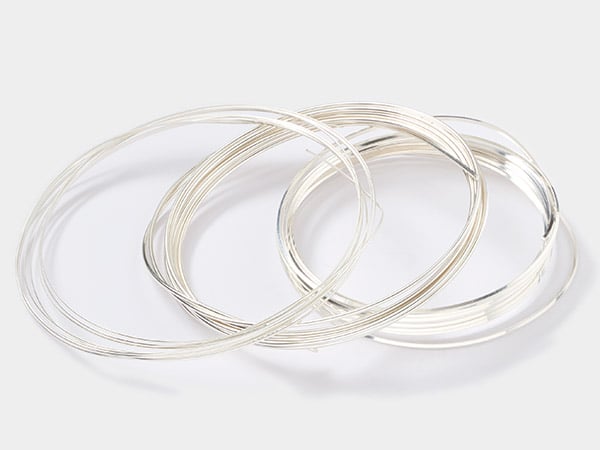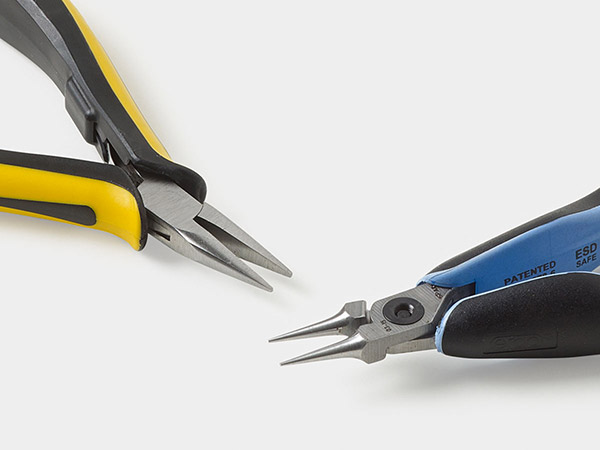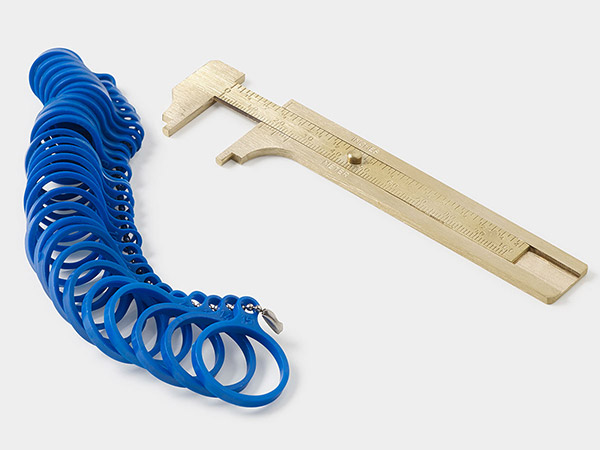Ask the Experts Proper Gauge Wire for Wrapped Loops Q&A
What gauge wire is recommended for making wrapped loops? I've tried the 22 and 24. They are too soft, for me, to work with. Would a lower gauge wire work best? I'm a newbie at this. Also, what would be the equivalent gauge size of a wire diameter of, say, .014 or .015"? I've seen only diameters of wires given, and I have no idea how to determine what the gauge would be.
- Joan
For creating wrapped loops and double-wrapped loops, the gauges you've tried are good when working with a variety of beads as they will fit most standard bead holes. The variable you might want to add is the half-hard designation in the wire. Half-hard 22-gauge wire or half-hard 24-gauge wire will both readily bend to the shapes you want, yet will hold the shape well. Dead-soft wire is more malleable.
You have the option to also consider full-hard 22-gauge wire or full-hard 24-gauge wire, which will give you even greater firmness and rigidity in the finished shape, it is just less forgiving when shaping.
Part of the answer of which wire to choose depends on what, if anything, you'll be stringing onto the wire. A thicker wire will add strength to your piece and it will decrease the possibility of it being crushed or deformed.
In reference to wire gauge sizes, the higher the number is the thinner the wire is, which is opposite of what would seem logical. Measure wire gauges using the wire gauge tool and measure hole sizes using the hole gauge pin set.
Check out the handy ''Wire Gauge to Inches and Millimeters Conversion'' chart to help convert most standard sizes in either direction.
Shop for Your Materials Here:
Still can't find what you're looking for?
Submit Your Question




